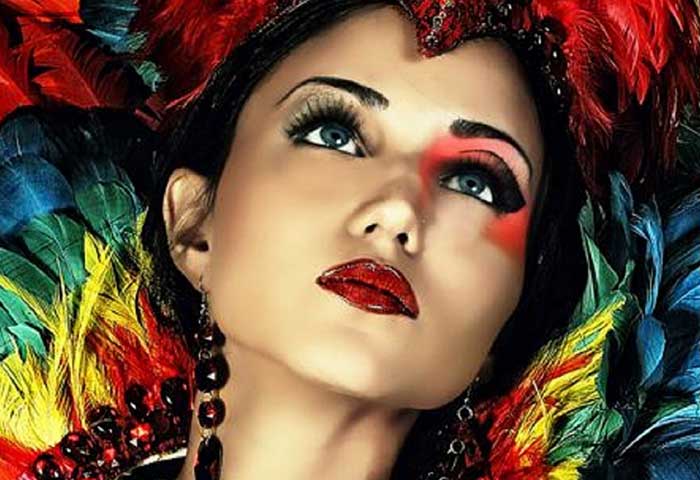[ad_1]
Tang Dynasty Painting – The History
Tang Dynasty (618-907) is considered one of the most significant imperial dynasties of China, second only to Han (206 BCE-220 CE). During the Tang Period, regarded by historians as the Golden Age of Chinese history, Chinese civilization reached a high point in the terms of progress and stability. Painting and calligraphy, considered the noblest art forms in China, developed dramatically during this period. The themes and techniques evolved during this period significantly influenced Chinese Painting from the Five Dynasties (907-60) to the Northern Song period (960-1127). This rich phase later came to be known as the 'Great Age of Chinese Landscape.'
Early Period
In the early Tang Period, similar to Sui Dynasty (581-618 CE), 'painting of people' was the focus of art. Gradually, the trend evolved into expressions that were more lifelike. Figures done were more proportionate and showed marked influence from foreign cultures like art from Gupta Period (320-550 CE) in India. The paintings capturing emperors, palace women, imperial horses, and emissaries, left a realistic view of court life during Tang rule. The Most nottable works of this period for court paintings are 'Emperor Tang Taizong Meeting Tibetan Emissaries' and 'Emperors of Previous Dynasties,' both by Yan Liben.
Mid and Late Period
Sui Dynasty witnessed the birth of scenery painting, with 'Strolling about in Spring' by Zhan Ziqian being the first persistent painting painting in the world. Landscape became the primary theme of paintings, known as Shan Shui (mountain water) in Chinese, during the Tang Dynasty only. Similar to figure painting, landscapes were also done in monochromatic colors, not capturing the finer details of the scene. The purpose was not to reproduce exactly the appearance, but to grasp the 'rhythm' of nature. While the artists of North Tang painted towering mountains, using dotted brush strokes to suggest rough stone, the southern artists painted rolling hills and rivers of their native countryside with rubbed brushwork.
The Correlations
Among the subject matter and technique of paintings, Tang Dynasty also saw the convolution of Buddhism, Taoism, and traditional literatures into paintings. Su Shi, a famous poet of Song era, wrote about Wang Wei, a poet, painter, musician of Tang Period, "The quality of Wang Wei's poems can be summed as, the poems hold a painting within them. can see that, within the painting there is poetry. "
The Artists
Yan Liben, Yan Lide, Dong Yuan, Wang Wei, Tung Yuan, Wu Daozi, Han Gan, Han Huang, Zhang Xuan, Juran, Jing Hao, Fan Kuan, and Guo Xi.
Conclusion
Although the promotion of Taoism by the Emperor Wu-Tsung rejected in the destruction of most Tang art, Tang international style can still be seen in East and Central Asia, especially Buddhist monasteries in Korea, Vietnam, and Japan.
[ad_2]
Source

